The Ingredients of Artificial Intelligence
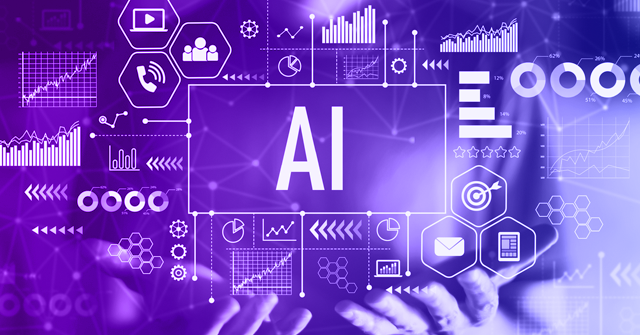 So how do all the buzzwords about AI we’ve been hearing these days fit together? Phrases such as machine learning, large language models, generative AI, and more seem to dominate the headlines, but how do these technologies help corporate finance? Let's delve into some of the definitions and find out.
So how do all the buzzwords about AI we’ve been hearing these days fit together? Phrases such as machine learning, large language models, generative AI, and more seem to dominate the headlines, but how do these technologies help corporate finance? Let's delve into some of the definitions and find out.
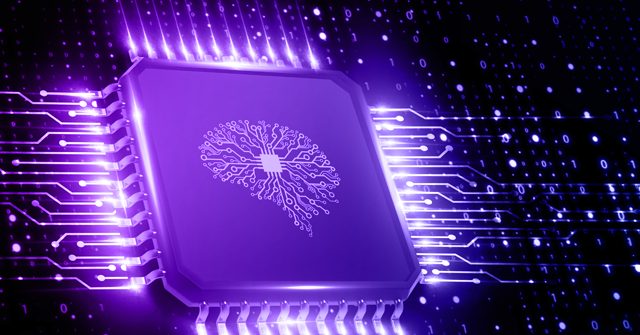 What is Machine Learning
What is Machine Learning
Machine learning is a branch of artificial intelligence and computer science which focuses on the use of data and algorithms to imitate the way that humans learn, gradually improving its accuracy. Through the use of statistical methods, algorithms are trained to make classifications or predictions, and to uncover key insights in data mining projects. These insights subsequently drive decision making within applications and businesses, ideally impacting key growth metrics.
The big umbrella is artificial intelligence, and within that umbrella is the subset of machine learning.
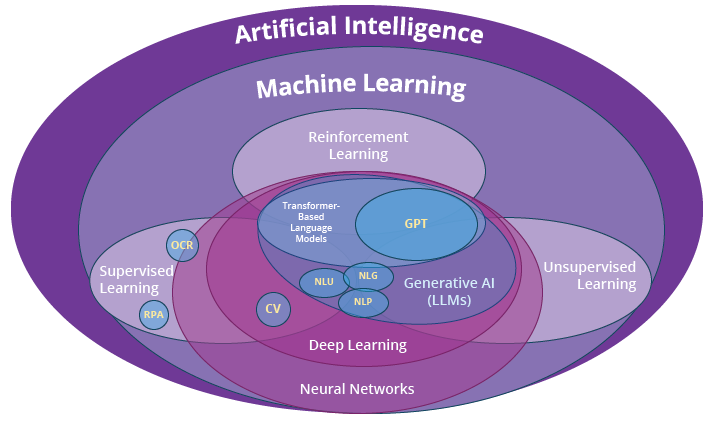
Types of Learning With AI and ML
There are three types of learning that happen with AI and ML. This is how the technology gets trained to do a job.
- Supervised learning trains algorithms using labeled data, where inputs are paired with correct outputs. The aim is to learn the relationship between inputs and outputs. It's used for tasks such as classification and regression.
- Reinforcement learning involves agents learning through trial and error in an environment. They take actions to maximize rewards over time, learning a strategy or policy to achieve results.
- Unsupervised learning trains algorithms on data without labels. The goal is to find patterns or structures within the data, such as grouping similar items, also called clustering, or reducing dimensions.
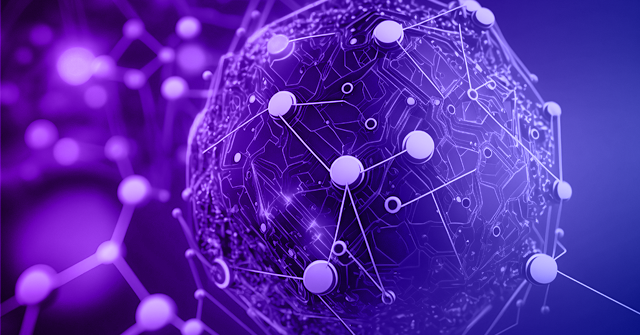 Neural Networks and Deep Learning
Neural Networks and Deep Learning
The next layer is where the learning comes from – neural networks and then deep learning. Neural networks are machine learning models inspired by the brain's structure. They consist of interconnected nodes or "neurons" that process data and pass it through layers. These networks are used for tasks such as image recognition and language processing.
Deep learning uses neural networks with many layers. These deep networks learn complex patterns in data by hierarchically extracting features. Deep learning has transformed fields such as computer vision and natural language processing by understanding intricate patterns from large datasets.
 Generative AI - Technology That “Generates” Something
Generative AI - Technology That “Generates” Something
Generative AI uses Large Language Models (LLMs) and combines all the learning techniques to gain deep learning, using the LLMs and the neural networks to understand, process, and create content. Generative AI is defined by a set of characteristics that include the ability to:
- Learn by self-supervised training on massive text data without explicit labeling
- Generate predictions from vast text data
- Understand and generate human-like responses in conversations
- Grasp context and generate accurate responses
Generative AI is where the transformer-based language models reside – what you may have heard as Chat GPT, Llama 2, Bard, or other Large Language Models. GPT stands for Generative Pre-trained Transformers.
Within the Gen-AI circle is also where the Natural Language Technology (NLT) fields – processing (NLP), understanding (NLU), and generation (NLG) - fall within. NLT refers to the set of tools, techniques, and technologies developed to enable computers to interact with, understand, and process human language in a way that is natural and meaningful.
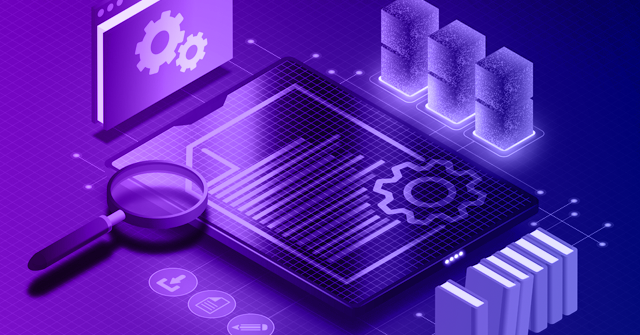 Computer Vision, OCR, and RPA
Computer Vision, OCR, and RPA
Optical Character Recognition (OCR)
OCR has been around for decades. In its most basic form, it distinguishes text characters from document images. The inputs must be structured and formatted in a particular way to be read by the OCR. Basic OCR is unable to read graphic cues, as individual words only have one dimension: they’re either before or after other words.
Because of this, many OCR engines fail to support and understand the complexity of the input data. For example, if the input document is a form, then the OCR might identify the text but may not recognize unstructured text written in a margin, or the text in blocks, or the purpose of the form. To be the most effective, OCR needs to be enhanced with AI tech.
Robotic Process Automation (RPA)
RPA refers to the use of software robots or "bots" to automate repetitive, rule-based tasks and processes within businesses and organizations. These bots are designed to mimic human actions when interacting with digital systems, applications, and data. But in today’s dynamic business landscape, with required collaboration across internal and external stakeholders and handling diverse sets of structured and unstructured data, RPA alone is not sufficient to handle the more complex business, unstructured inputs, and processes typically found in current accounting and finance operations.
To appear on the AI Landscape diagram, the RPA and OCR tech would need to be infused with AI enhancements and would fall in the supervised learning areas. Think of AI as the eggs and oil that activate the powdered cake mix - the RPA and OCR - to allow the box mix to come together before baking the cake.
Computer Vision (CV)
CV is artificial intelligence that mimics the complexity of human vision. It processes and recognizes images and videos, identifying patterns similar to what the human brain does, only faster and more accurately.
Computer Vision is supervised, deep learning that collects information by defining the attributes of text, videos, and images and extracts context. It analyzes, identifies, screens, and extracts information based on data gathered from the inputs. It self-trains via pattern recognition, improving accuracy with data sharing using deep learning methods and neural networks for identification and problem-solving. Compare CV to the ingredients that flavor the cake and allow all the delicious variations to be possible.
 Large Language Models in Overdrive
Large Language Models in Overdrive
Large Language Models are AI models designed to understand, generate, and manipulate human language. Recent upgrades have made LLMs readily available to everyday users, and have captured the attention of the media, both critics and advocates. There’s no doubt we will continue to see the proliferation of LLMs, so let’s understand how they work.
LLMs are computer algorithms that process natural language inputs and predict the next word or image based on what it’s already seen. LLMs are based on neural network architectures which allow them to capture long-range dependencies and context within text. It is a class of machine learning models that use vast amounts of text data to learn the patterns, structures, and semantics of human language.
LLMs analyze digital text, including books, online articles and dictionaries, tweets, chat logs, and computer programs. It identifies billions of distinct patterns in the way people connect words, numbers, and symbols, and then uses that knowledge to generate its own content.
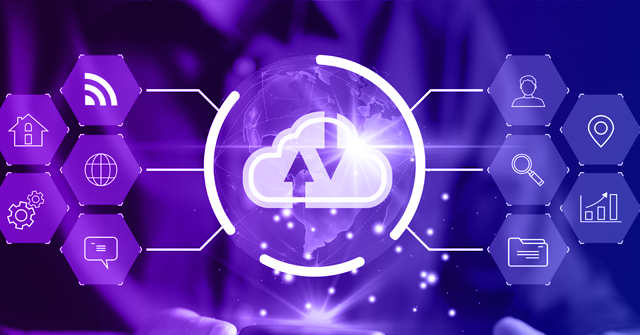 How This Advanced Tech Applies to You
How This Advanced Tech Applies to You
How does all this advanced technology apply to your business needs?
Applications built with generative AI increase the ability to dynamically make decisions and reduce the cost and unreliability of human execution. It allows corporate finance teams to optimize their operations, meet the challenges of a dynamic business environment, and contribute strategically to the success of the organization.
Here are the three key ways that AI makes applications and finance teams more intelligent.
- Intelligent Decision-Making
Advanced technology allows for intelligent decision-making. By deploying applications with generative AI, ML, and other tech, teams become more connected, linking people and data to generate insights. Teams work more continuously with the increased availability of data and time, and make better decisions based on contextual data and understanding. - Adaptive Experiences
Self-learning technology continuously analyzes and learns from the data it imbibes and processes, improving its understanding of financial patterns and trends over time. It enables user experiences to adapt in real time based on new information, ensuring that finance teams have the most up-to-date insights and data to make critical decisions. - Process Augmentation and Transformation
Embedding AI capabilities such as ML, NLP, and generative AI into applications makes processes smarter and dynamically adapt to handle new business situations, or even create new business processes automatically. By harnessing data and technology effectively, finance teams drive innovation and unlock new business opportunities.
